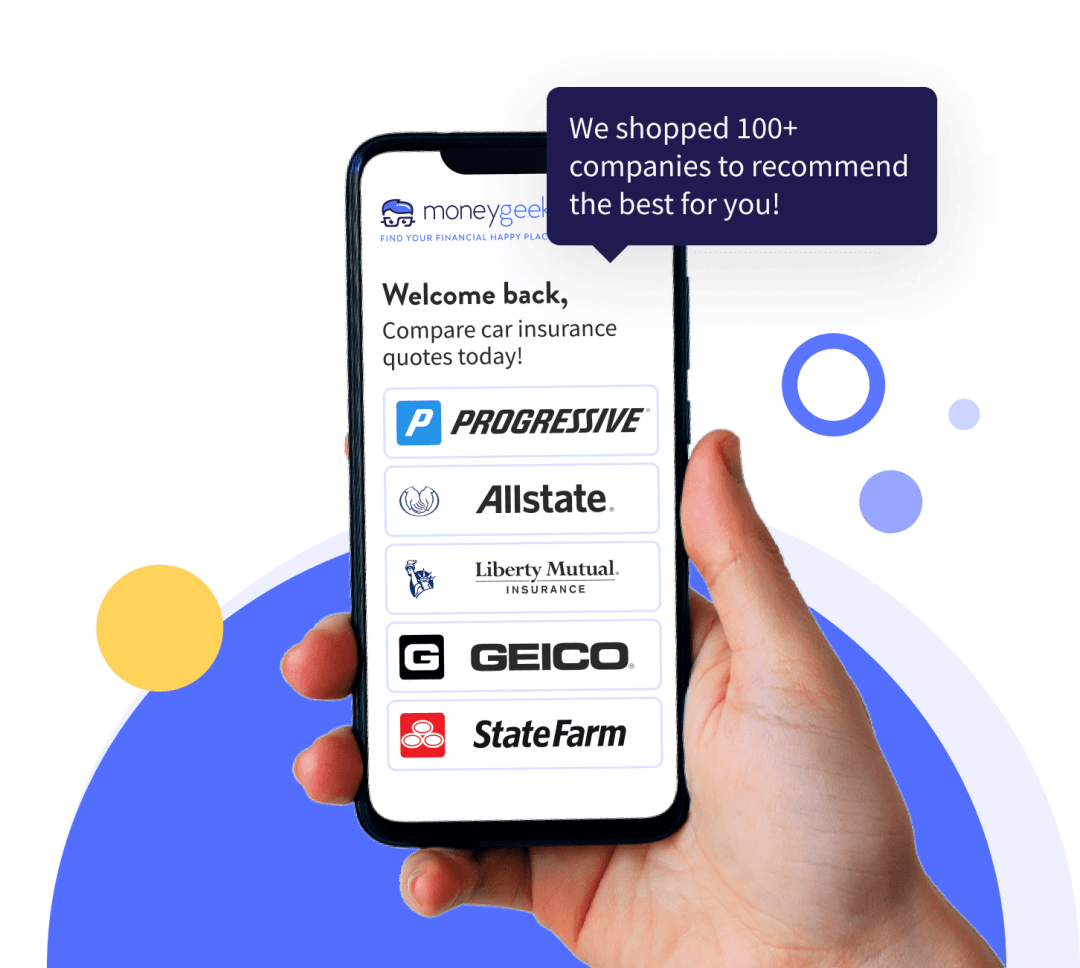Car insurance discounts are reductions in your premium based on factors that insurers view as lowering risk or reducing administrative costs. These discounts reward policyholders for safe driving behavior, vehicle safety features, policy management choices and other qualifying characteristics.
Here are the main types of car insurance discounts:












